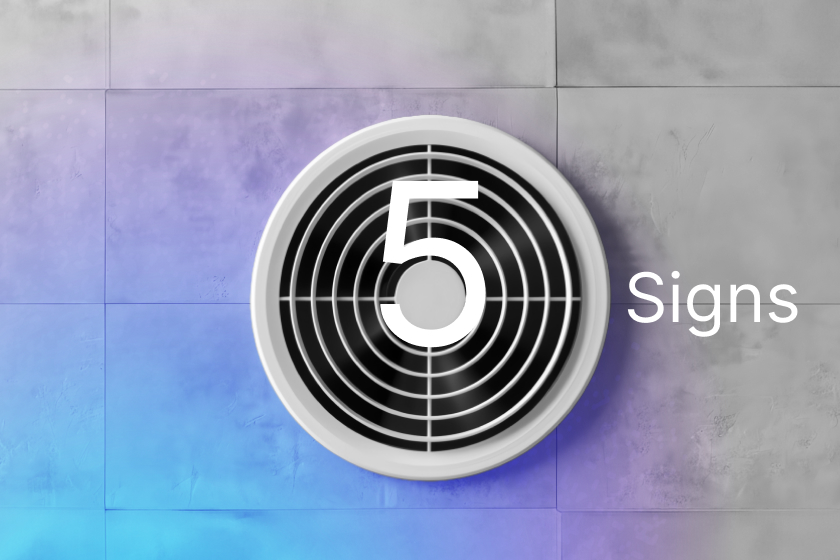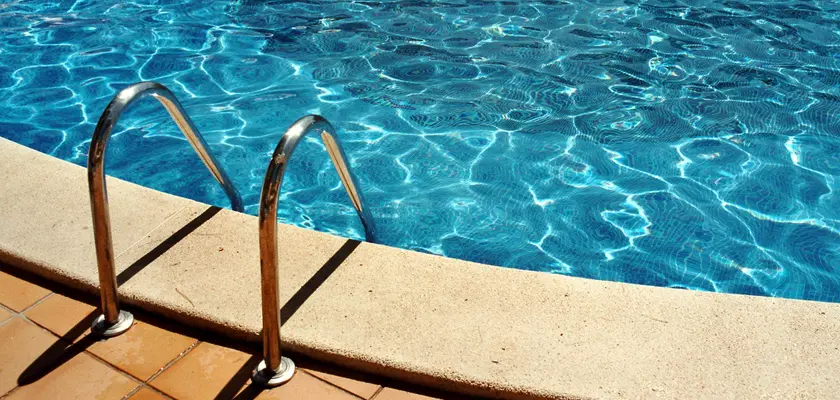
A hot tub is the perfect way to relax at the end of a hard day. Of course, when you fire yours up, you don’t want that R&R disrupted by an unexpected breakdown or malfunction.
Just like pools, hot tubs require regular maintenance to keep them running smoothly. Here are the most common hot tub problems, plus troubleshooting tips for fixing or avoiding them completely.
Picture this scenario: You’re ready for a warm, relaxing soak, but when you dip your toes in, you’re greeted with ice cold water!
The most likely culprit is a faulty heater, commonly caused by heater element erosion. You can avoid this issue by checking for mold or algae when you open up your hot tub for the season.
You should also keep tabs on your water chemistry throughout the year. “Four-in-one” tests for bromine or chlorine make testing your water easy. These steps will also ensure that your heater is free of debris and other irritants that commonly cause issues.
If you’re experiencing a weak flow, turn your jets to make sure they are fully open. You should also check the filters on your jets.
Regularly cleaning and maintaining your tub and jets will prolong their lifespan. Performing regular water checks and switching out old, clogged filters will often be all you need to get your jets back in working order.
If your jets are completely blocked, you could have an air lock. This can happen if you’ve recently filled or refilled your tub. Turning the jets on and off a few times to force out the excess air should do the trick.
A word of caution: Never use a plunger to fix a jet. The suction a plunger creates is too strong for the jet to handle. This can damage your jet further and, even worse, void your warranty.
Strange noises or humming are signs of a malfunctioning pump. Several factors can contribute to this problem, such as broken seals, worn out bearings, and more.
Pump seals and water rings are an easy do-it-yourself fix, but issues with the pump itself are more complicated. You may need a repair or replacement.
Home warranty coverage includes hot tubs and most of their components, including hot tub pumps. If you’re in need of a repair or replacement, Select can put you in touch with the right professional.
Don’t have a home warranty? It’s never too late to protect your investment! Connect with us at 800-670-8931 or click on the link below to get a free quote and start protecting your home.
Error codes indicate a variety of problems that occur within your hot tub system. It can be hard to tell exactly what each code means. They are also a bit different depending on the manufacturer.
To get you started, here are some common codes and what can be done should you see them on your control panel.
This code indicates that there is a problem with your hot tub’s water flow, such as when your jets are weak or blocked. You may also need to clean or replace your filter.
If you see this code, your hot tub doesn’t have enough water traveling through the heater. This could cause a dry fire, which will damage your hot tub’s internal components. You can add more water to fix this issue, but make sure your hose is equipped with a filter.
This code indicates that the water is too hot. Checking your filter and making sure the pump isn’t running for too long are two things you can do to clear up this issue.
This code tells you that the water is too cold. Placing the cover back on and waiting 24 hours for the heater to warm the water may fix this issue. If the problem still persists, refer to Tip #1 on this page and check for heater issues.
A hot tub is usually connected to a ground fault circuit interrupter (GFCI) or residual current device (RCD). If there is an issue with the electrical current, these protection devices will shut down.
Sometimes these breakers can be overly sensitive. The issue is typically fixed by resetting the breaker (i.e., flip it off and on again). Other times, the problem may be harder to resolve.
If you are not comfortable working with electrical devices, breaker tripping issues are best handled by a professional. Get in touch with your electrician.
As long as you provide regular maintenance and care, a well-maintained hot tub can last up to 20 years.
If you want to make sure that your hot tub is protected, get a home warranty plan that covers hot tub parts and repairs. Best of all, if your home warranty includes coverage for spas, pools, and hot tubs, you can leave all the hot tub troubleshooting to an expert.
Get a quote today and find the best plan for your home systems and appliances.

Don’t wait until it’s too late! Check out our current plans and get your free quote.

Household Tips
Bathrooms are naturally prone to moisture buildup, thanks to warm showers, bubble baths, and daily sink use. Your bathroom exhaust fan helps manage it all, keeping the air fresh and..

Home Warranty
If you’re shopping for a home warranty for the first time, it might feel like there’s a lot to take in. Even for those among us who have owned multiple..

Home Warranty
When we consider the happiness of our homes, no one wants to worry about sudden accidents. The best home warranty will cover your most important appliances and systems so you..